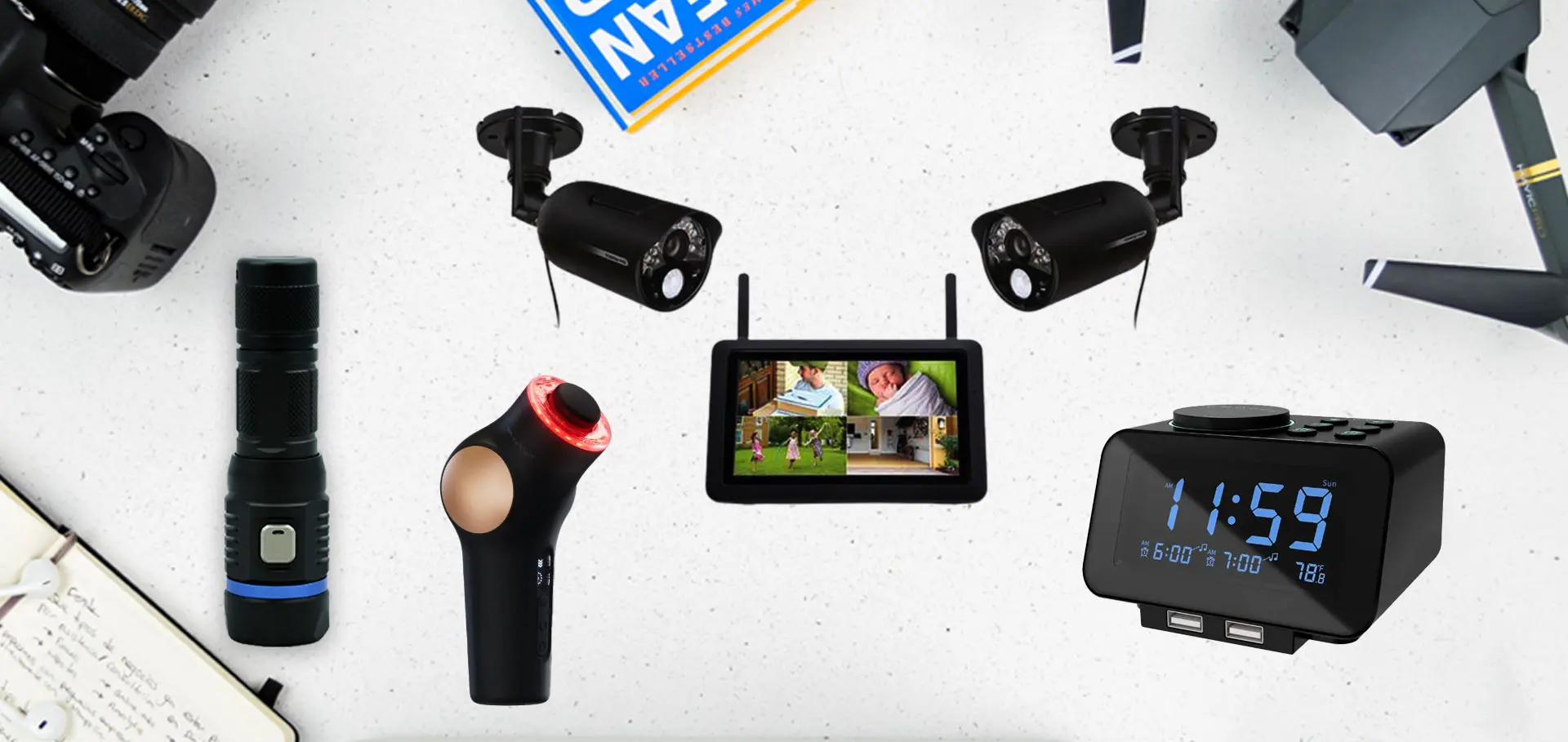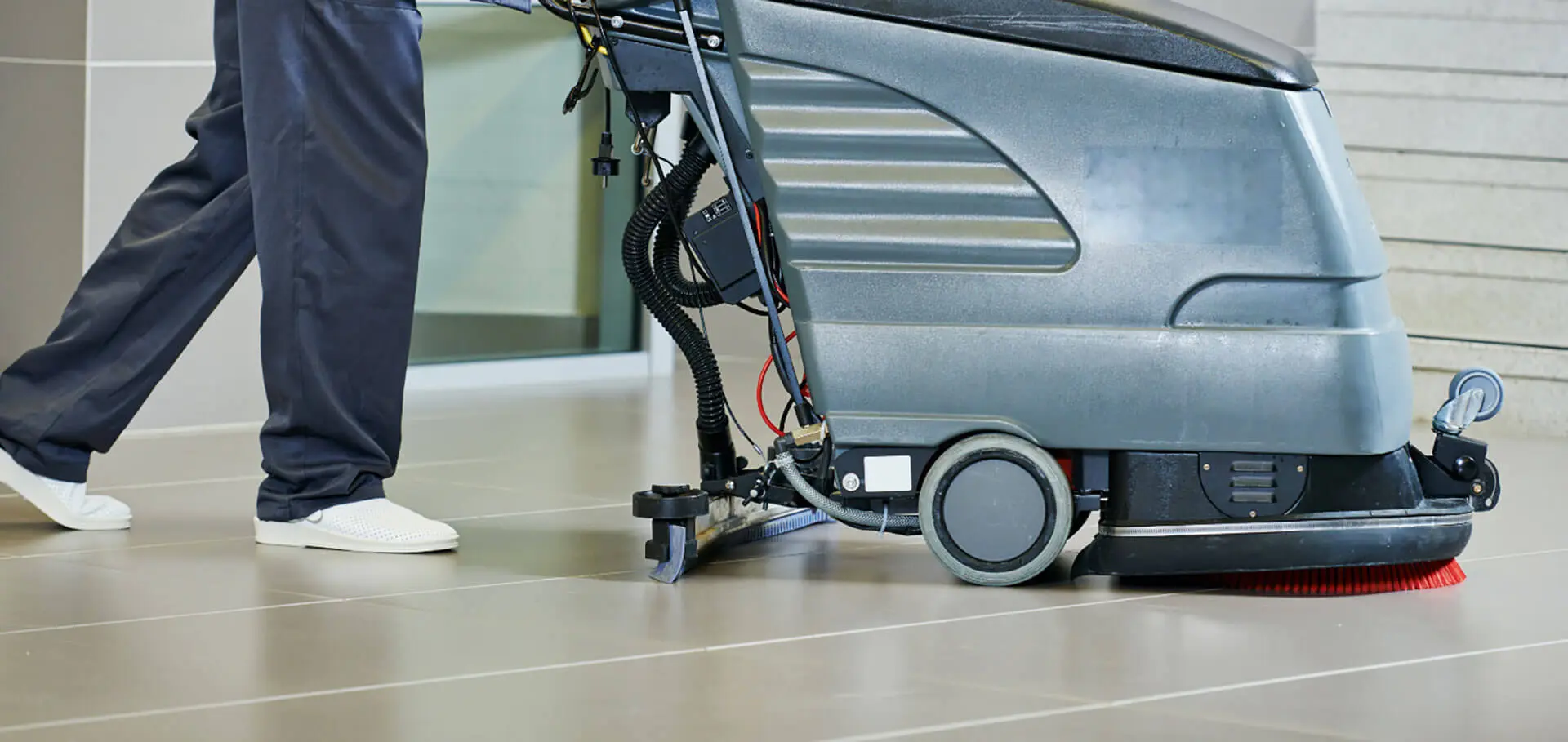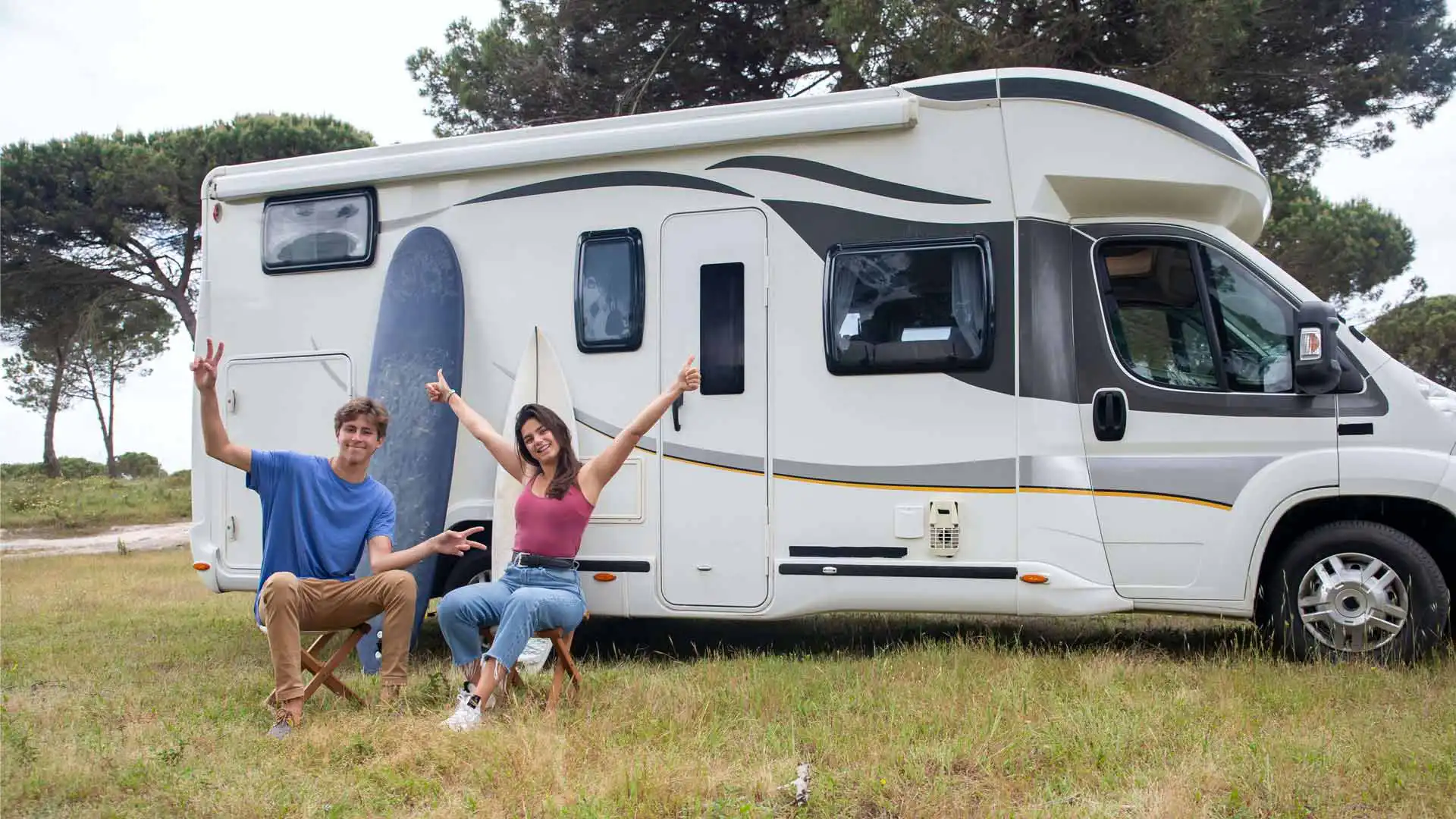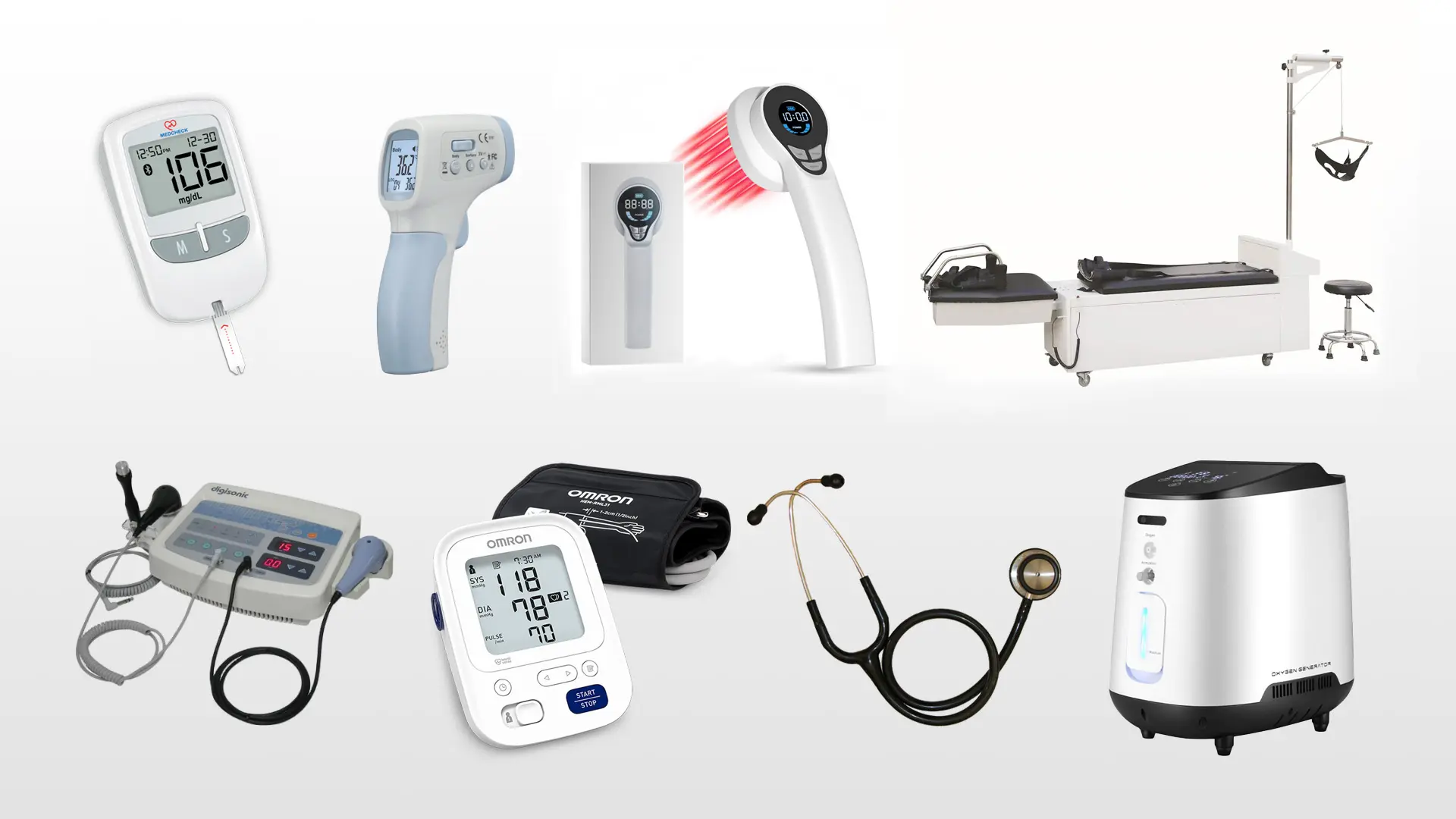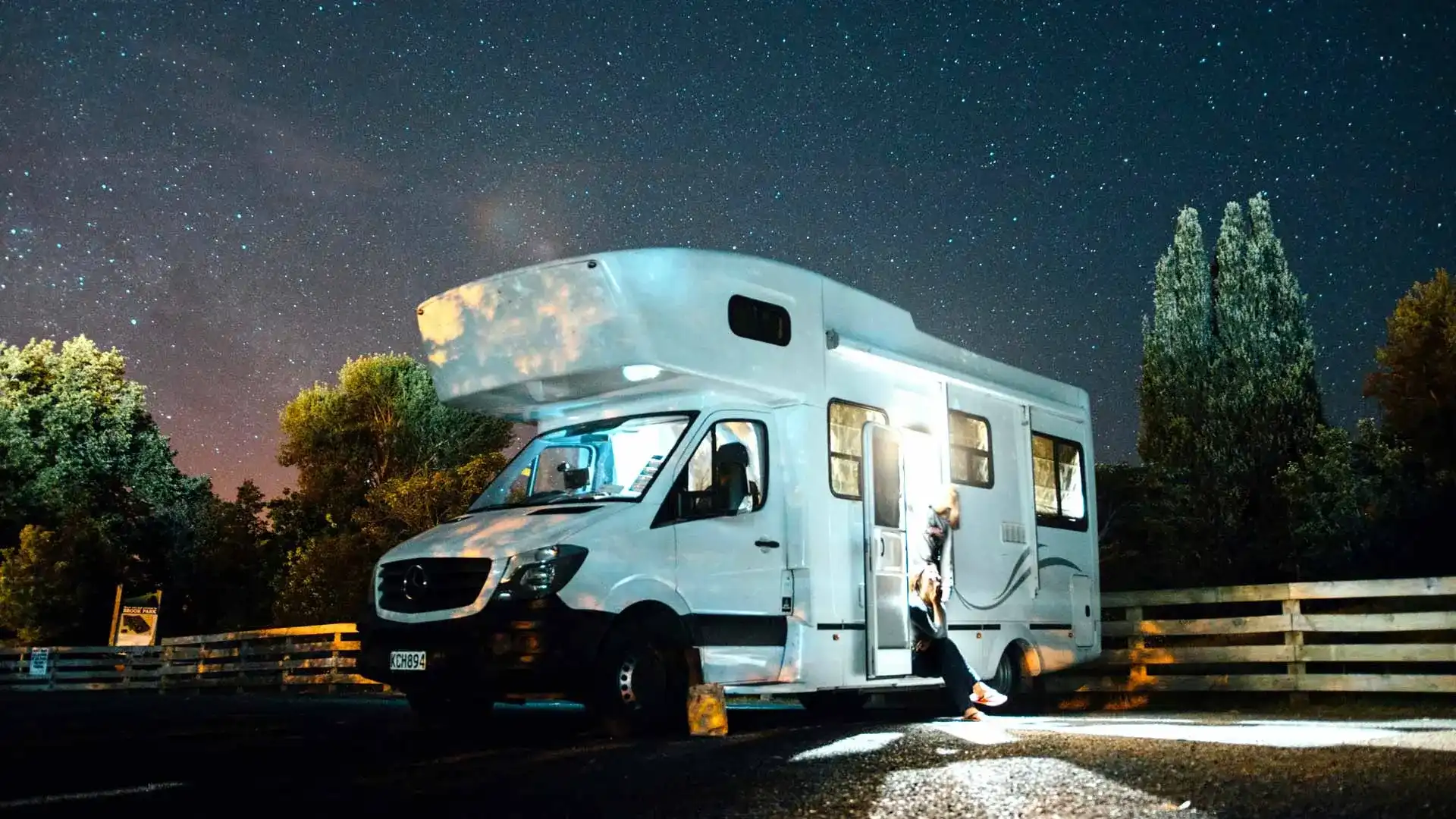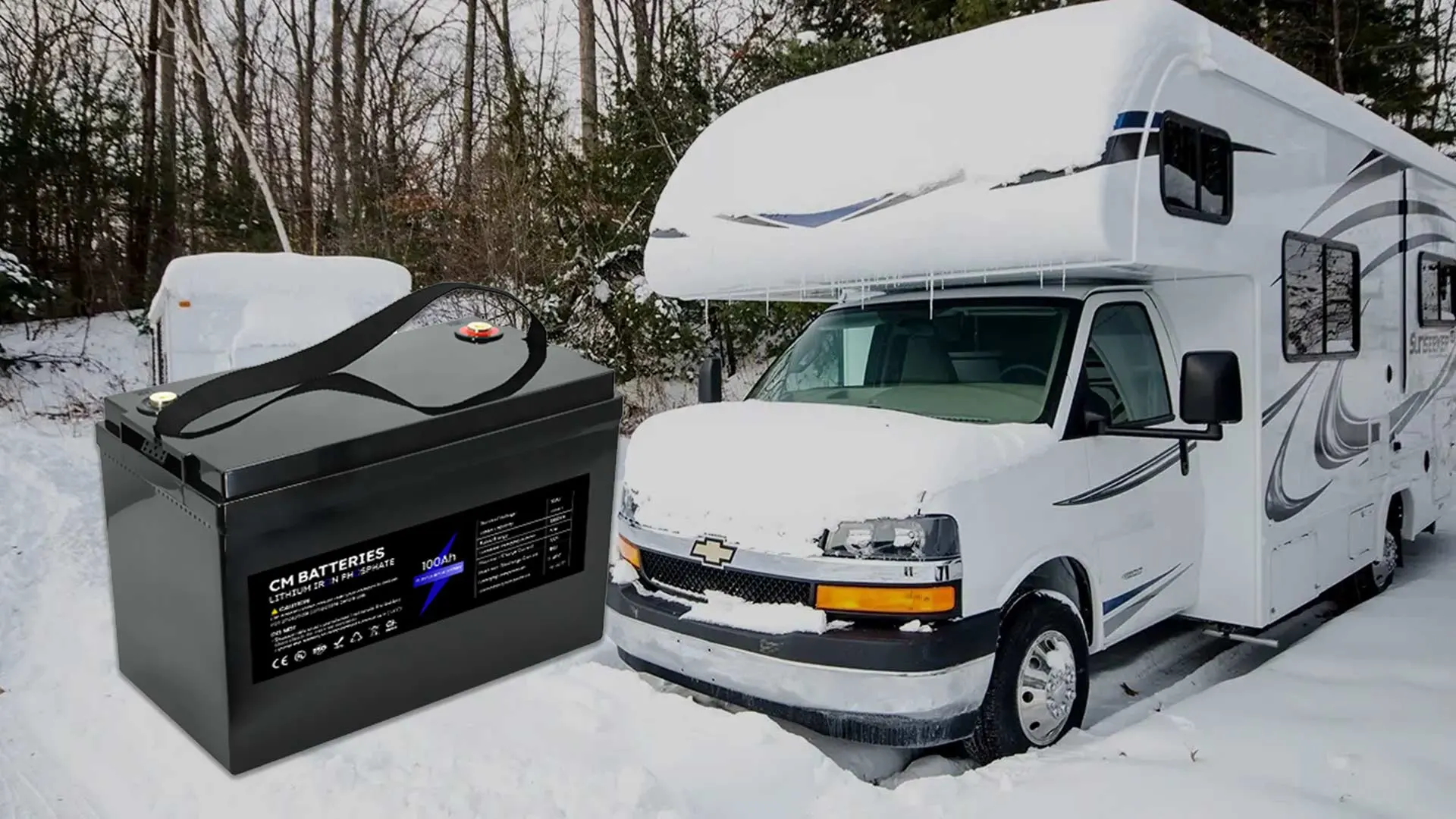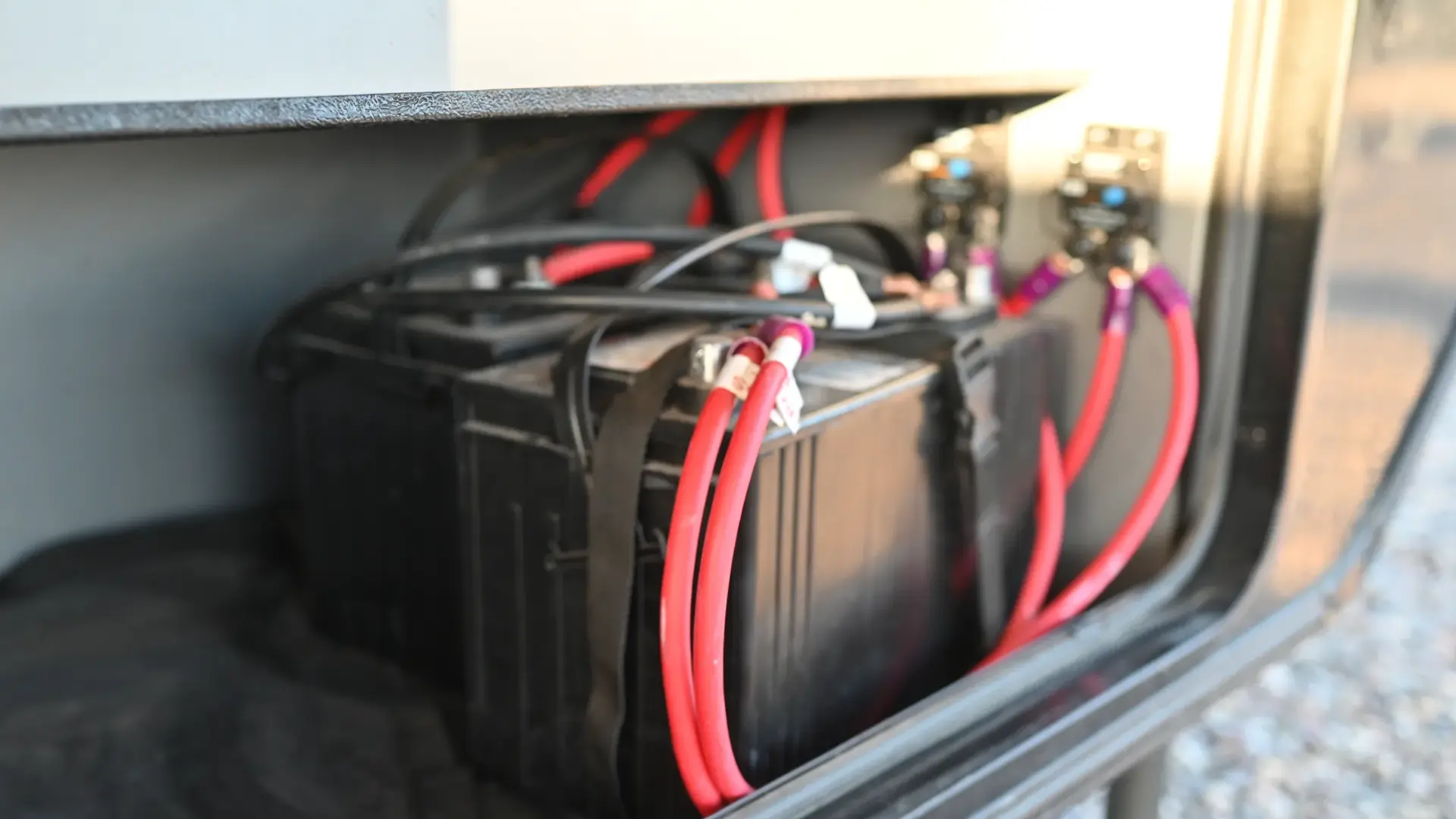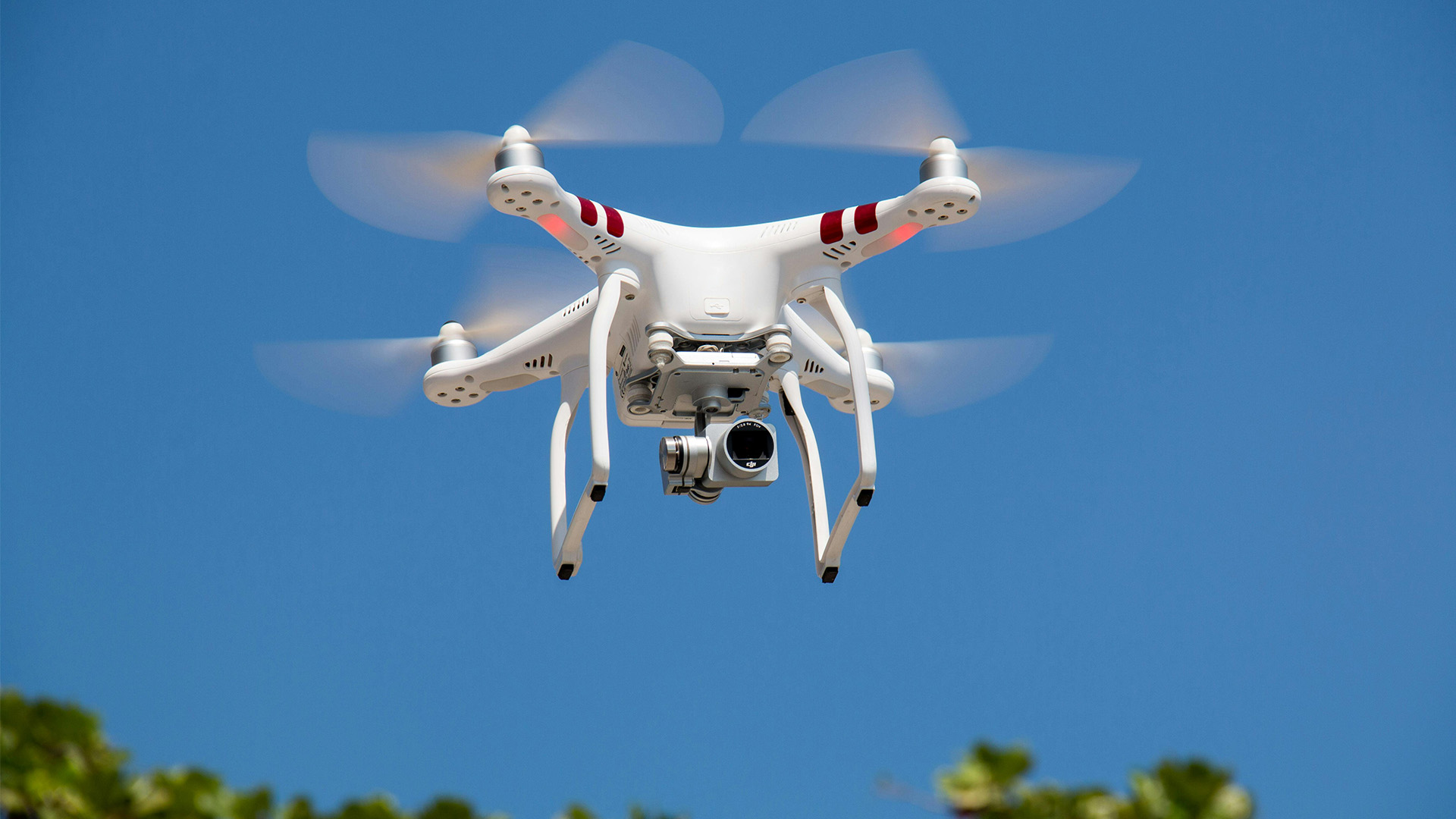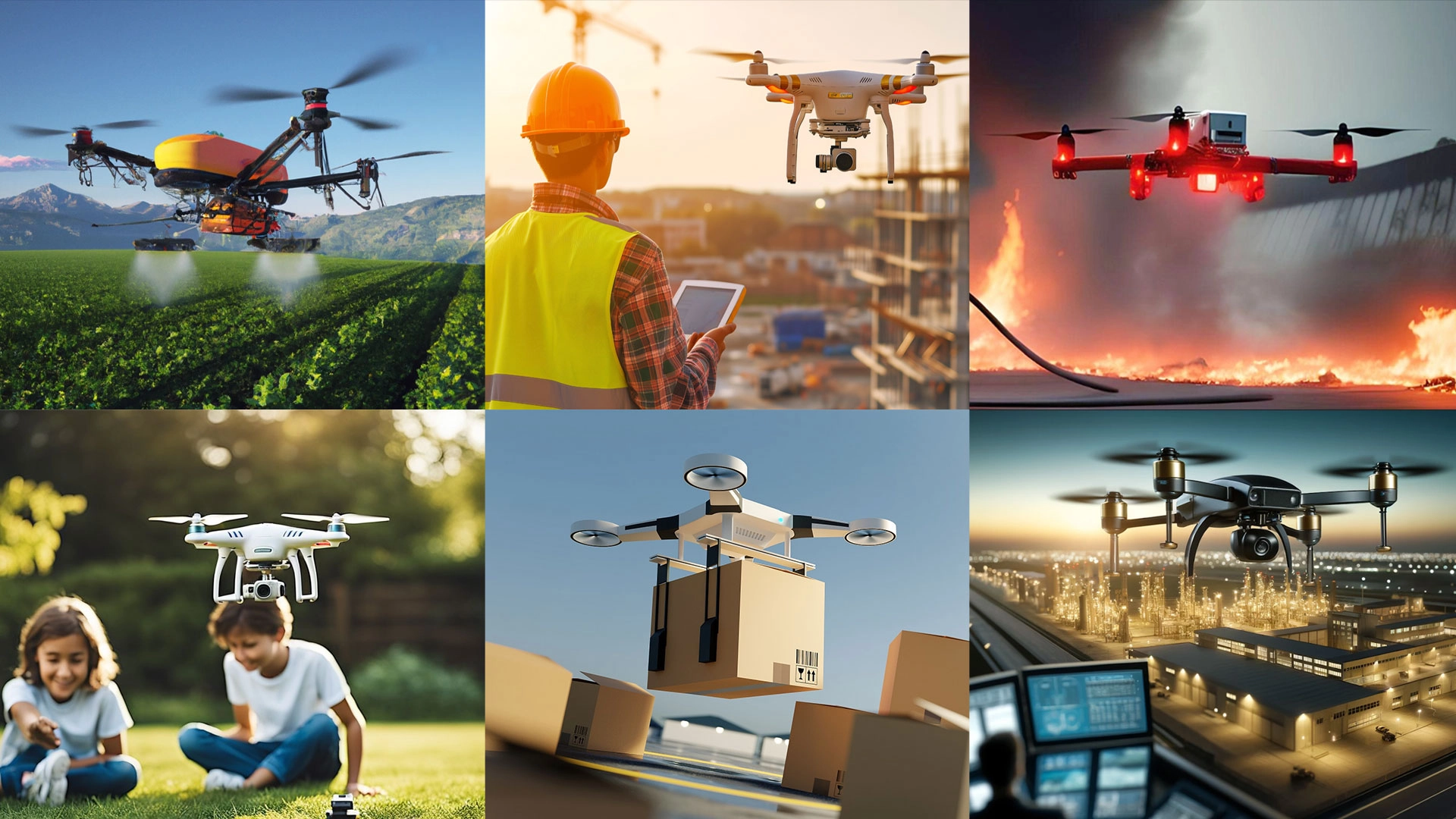Drones have emerged as versatile tools for various industries. From military, surveillance to agricultural and recreational uses, drones have revolutionized how we approach tasks that were impossible or impractical. We need to understand the types of drone batteries to choose the right batteries.
As drones evolve to become more powerful and versatile, their battery systems play a vital role. Whether it’s a consumer drone, capturing stunning aerial footage, or a robust industrial drone, conducting critical inspections, understanding the types of drone batteries is essential for maximizing efficiency, longevity, and overall performance. We’ll dive into the world of drone batteries, exploring the various types, applications, and how to properly select a drone battery.

The Characteristics and Types of Drone Batteries
Understanding the different types of drone batteries and their characteristics is crucial for choosing the one that suits your needs. We’ll explore the four main types of drone batteries:
1. Nickel-Cadmium (NiCd) Batteries
Nickel-cadmium (NiCd) batteries offer a long lifespan with proper care. But they are not eco-friendly. But their heavyweight, because of the lower energy density, is not good for the flight. NiCd batteries also lack technological innovation, which causes them to be replaced by Li-ion batteries.
2. Lithium Polymer (LiPo) Batteries
LiPo batteries are the most popular for drones, which have some great features.
- Lightweight: Their lightweight is the most obvious advantage over other battery types.
- High Discharge Rate: LiPo batteries deliver 40C, 50C even 70C discharge rate.
- Customized Shapes: Lipo batteries can provide various shapes to your needs.
- No Explosion: When lipo batteries have some safety risks, they bulge but do not explode.
However, LiPo batteries have some disadvantages.
- High cost: The electrolyte of lipo batteries is much more expensive than other battery types.
- Inconsistent quality standards: Because lipo batteries can be made into various shapes and standards which cause the quality standards are inconsistent.
To compare the advantages and disadvantages of lipo batteries, LiPo batteries still is a good choice for drone enthusiasts. You should cooperate with the professional battery pack manufacturer to get reliable quality.
3. Lithium-ion NCM Batteries
The lithium-ion NCM battery -18650 and 21700 are widely utilized for drones.
However, it has limitations compared to lipo batteries.
- Weight: The lithium-ion ternary batteries are heavier than LiPo batteries. The weight restricts the flight, especially in drones requiring extended airborne durations or high maneuverability.
However, the lithium-ion NCM batteries are valued for several key advantages:
- Stability and Longevity: Li-Ion NCM batteries are known for their stability, long lifespan, and moderate energy density. These characteristics make them suitable for specific drone operations.
- No Memory Effect: Compared to NiCd batteries, Li-Ion NCM batteries do not suffer from the memory effect. This means users do not need to discharge them fully before recharging.
4. Lithium Iron Phosphate (LiFePO4) Batteries
Lithium Iron Phosphate batteries are known for their exceptional safety and longevity compared to other lithium batteries. They have a lower energy density but offer a longer lifespan and more stability, especially under some particular environmental conditions.
Each battery type offers unique advantages and disadvantages. Understanding their characteristics is crucial for optimizing drone performance.

Drone Battery Types Explained
Different types of UAVs (Unmanned Aerial Vehicles) have unique battery requirements based on their intended usage. Below are the battery options and specific requirements for some common UAV categories:
1. Agricultural UAVs
Agricultural drones are typically large and heavy-duty, designed to carry payloads such as crop medicine for spraying and pest control. Battery capacities for these drones range above 8Ah, even some models reaching up to 260Ah. This type of UVA needs fast charging capabilities, efficient heating dissipation, and lightweight construction.
2. Aerial Photography Drones
Aerial photography drones prioritize endurance, battery capacity, compact size, and lightweight design to facilitate extended flight times and maneuverability during photography sessions. As a result, many of these drones are utilized with lithium polymer batteries.
2. Firefighting Drones
Drones are used for security surveillance, mapping, or firefighting. They need a battery with enough capacity that can work in high temperatures. While they may not require extremely high discharge rates, the batteries ensure to deliver enough power throughout their operational tasks.
By understanding the specific needs of each UAV type, you can select the right battery. So, the next time you see UAV work. Please remember, behind the hero, the battery pack keeps it airborne.
CMB Engineers Designing Drone Batteries
How to Choose the Right Lithium Battery Pack for a Drone?
At CMB, we understand that drone performance requires custom solutions tailored to your specific priorities. Whether you prioritize extended flight times or crave power and speed, choosing the right UAV battery is crucial.
If the flight time is your primary concern, our custom drone batteries focus on reducing the weight while maximizing capacity. We provide high-energy-density technologies to ensure your drone stays airborne longer without compromising on endurance or reliability.
Our bespoke drone batteries offer a high discharge rate. They deliver bursts of power without overheating, allowing your drone to achieve remarkable speeds and perform dynamic maneuvers with precision and reliability.
Which Factors of Battery Affect Drone Performance?
1. Capacity
Higher drone battery capacity directly correlates with longer flight time, providing extended operational capabilities for drones.
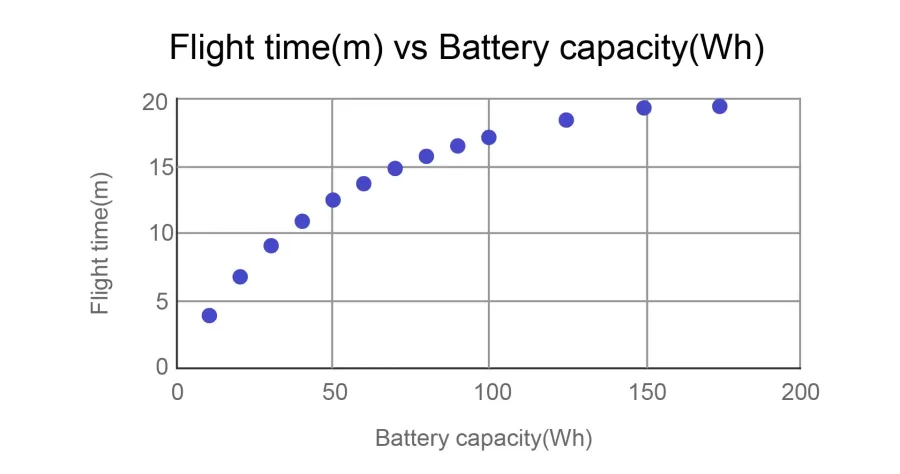
2. Voltage
Higher voltage will increase the RPM (Revolutions Per Minute) of the motor. It’s crucial to select a voltage that aligns with your desired RPM range for optimal performance and control.
3. Discharge/C rating
The discharge/C rating aligns with your specific application requirements. If the discharge rate is too low for your drone’s demands, it will lack power, affecting speed and agility during flights. Conversely, if the discharge rate is excessively high, you may end up carrying unnecessary weight.
4. Current Draw
Please accurately figure out the current draw of your drone motors during operation. Ensure the current is higher than the drawing current of the drone motors. This precaution helps prevent overheating issues.
CMB Case Study: Optimizing Flight Time for Agricultural Drones
At CMB, we specialize in custom battery packs for drones, tailored to specific application requirements. Maximizing flight time is crucial for tasks like crop spraying and field inspection.
Case Background
Long Flight Time Priority: Our goal is to maximize flight endurance while maintaining a manageable drone mass of 20 kg, considering other component weights totaling 12.5 kg.
Battery Evaluation
We prioritize choosing a battery with the highest possible capacity within our weight limit of 7.5 kg, ensuring optimal flight duration for agricultural operations.
Although motor specifications suggest a maximum continuous current requirement of 400 A, detailed analysis based on thrust data shows that each motor consumes only about 27 A at double hover thrust (100 N.) Multiplied by four motors, the actual current for most tasks is no more than 108 A.

Drone Battery Specifications
Voltage: Our propulsion test results inform us of the motor’s operating voltage range (45 – 49 V), leading us to target a 14S / 51.8 V battery configuration.
We provide 3 potential battery packs for drones, based on capacity, C rating, flight time, and weight constraints:
| Battery | A | B | C |
| Mass | 6900g | 7100g | 6450g |
| Capacity | 22Ah | 20Ah | 22Ah |
| C Rating | 25C | 65C | 25C |
| Flight Time | 32 mins | 29 mins | 33 mins |
| Price | $420 | $260 | $330 |
At CMB, we go beyond manufacturing batteries. Our team utilizes their expertise to analyze your specific drone’s needs and evaluate the custom battery pack. Contact us today and let’s help your drone achieve its full flight potential!


